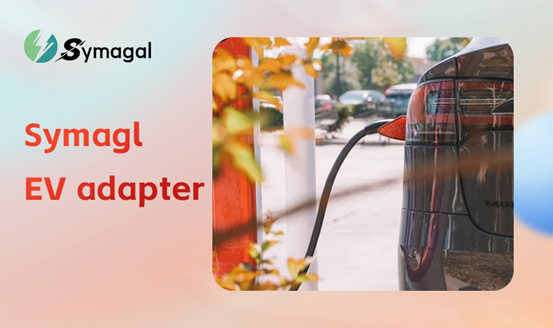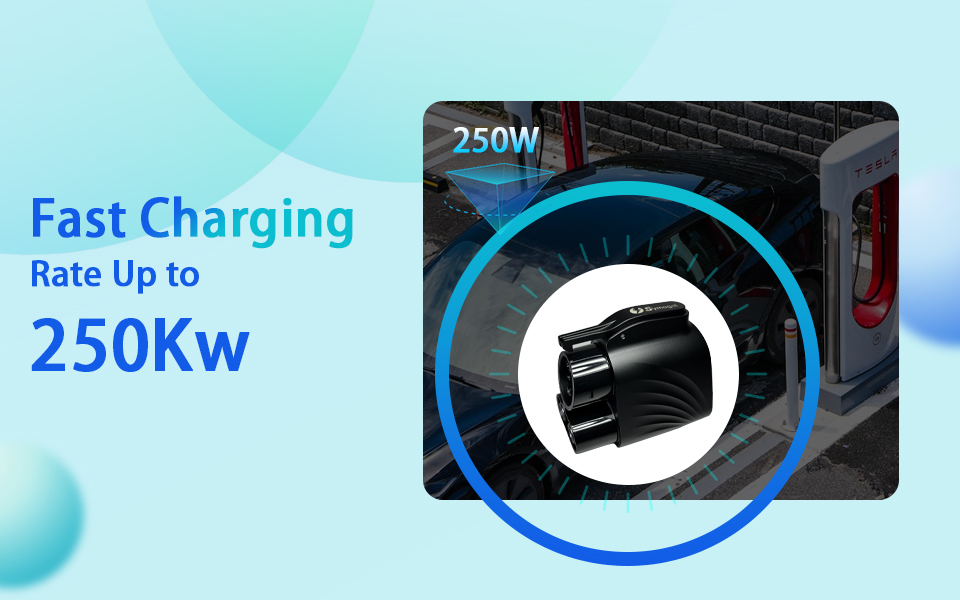Do you prefer PHEVs or EVs?
2024-09-05By EV Chargers590 Reads
The primary difference between Plug-In Hybrid Electric Vehicles (PHEVs) and Electric Vehicles (EVs) lies in their power sources and how they operate. Here's a breakdown of the key distinctions:
1. Power Source:
2. Range and Operation:
PHEVs:
- Electric-Only Range: PHEVs can typically drive a certain distance on electric power alone, usually between 20 to 50 miles (32 to 80 km), depending on the model and battery size.
- Extended Range: Once the electric range is depleted, the vehicle automatically switches to using the ICE, providing an extended range similar to a traditional gasoline vehicle.
- Operation Flexibility: PHEVs offer the flexibility of using electricity for short trips and gasoline for longer journeys without the need to find a charging station.
EVs:
- Electric Range: EVs have a much longer electric range, typically between 100 to 300 miles (160 to 480 km) or more, depending on the battery capacity and vehicle efficiency.
- Operation: EVs operate entirely on electricity. Once the battery is depleted, the vehicle needs to be recharged before it can be driven again.
3. Charging:
PHEVs:
- Charging: PHEVs can be charged via an external power source (like a home charger or public charging station), but they also rely on regenerative braking and the ICE to maintain the battery charge.
- Flexibility: If a charging station isn’t available, PHEVs can continue running on gasoline.
EVs:
- Charging: EVs must be plugged into an external power source to recharge the battery. Charging times vary depending on the charger type (Level 1, Level 2, or DC fast charging).
- Dependence on Charging Infrastructure: EVs rely entirely on the availability of charging stations or home charging setups.
4. Environmental Impact:
PHEVs:
- Lower Emissions: PHEVs produce lower emissions than traditional gasoline vehicles, especially when driven primarily on electric power. However, they still produce emissions when the ICE is in use.
- Fuel Consumption: PHEVs consume gasoline when the battery is depleted, leading to some fossil fuel usage.
EVs:
- Zero Tailpipe Emissions: EVs produce no tailpipe emissions since they do not burn gasoline or diesel. Their overall environmental impact depends on the electricity source used for charging (e.g., renewable energy vs. fossil fuels).
5. Cost:
PHEVs:
- Initial Cost: PHEVs are generally more expensive than traditional gasoline vehicles but usually less expensive than full EVs.
- Operating Cost: Fuel savings depend on how much the vehicle is driven on electric power versus gasoline.
EVs:
- Initial Cost: EVs can be more expensive upfront due to the larger battery, but costs are coming down as technology advances.
- Operating Cost: EVs typically have lower operating costs due to the lower cost of electricity compared to gasoline and fewer maintenance requirements.
Conclusion:
As of 2024, Tesla is the most successful EV brand, other automakers, like BYD (in China), Volkswagen, Hyundai, and Nissan, are also making significant strides in the EV market, with increasing sales and expanding model lineups.
Symagal Tesla to CCS1 adapter unlocks Tesla Supercharger ports for fast charging at more locations. This NACS to CCS1 adapter enables non-Tesla EVs with Supercharger access to easily connect to the Tesla fast charging network.
#Symagal #EVs #ElectricCarCharger #ElectricVehicle #TeslaCharger #TeslaChargingAdapters





